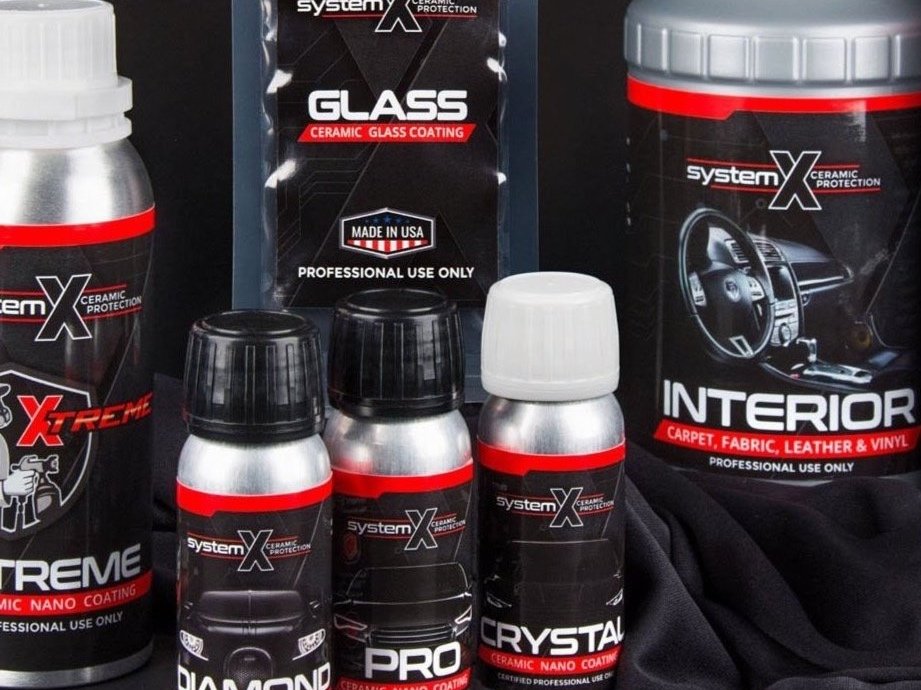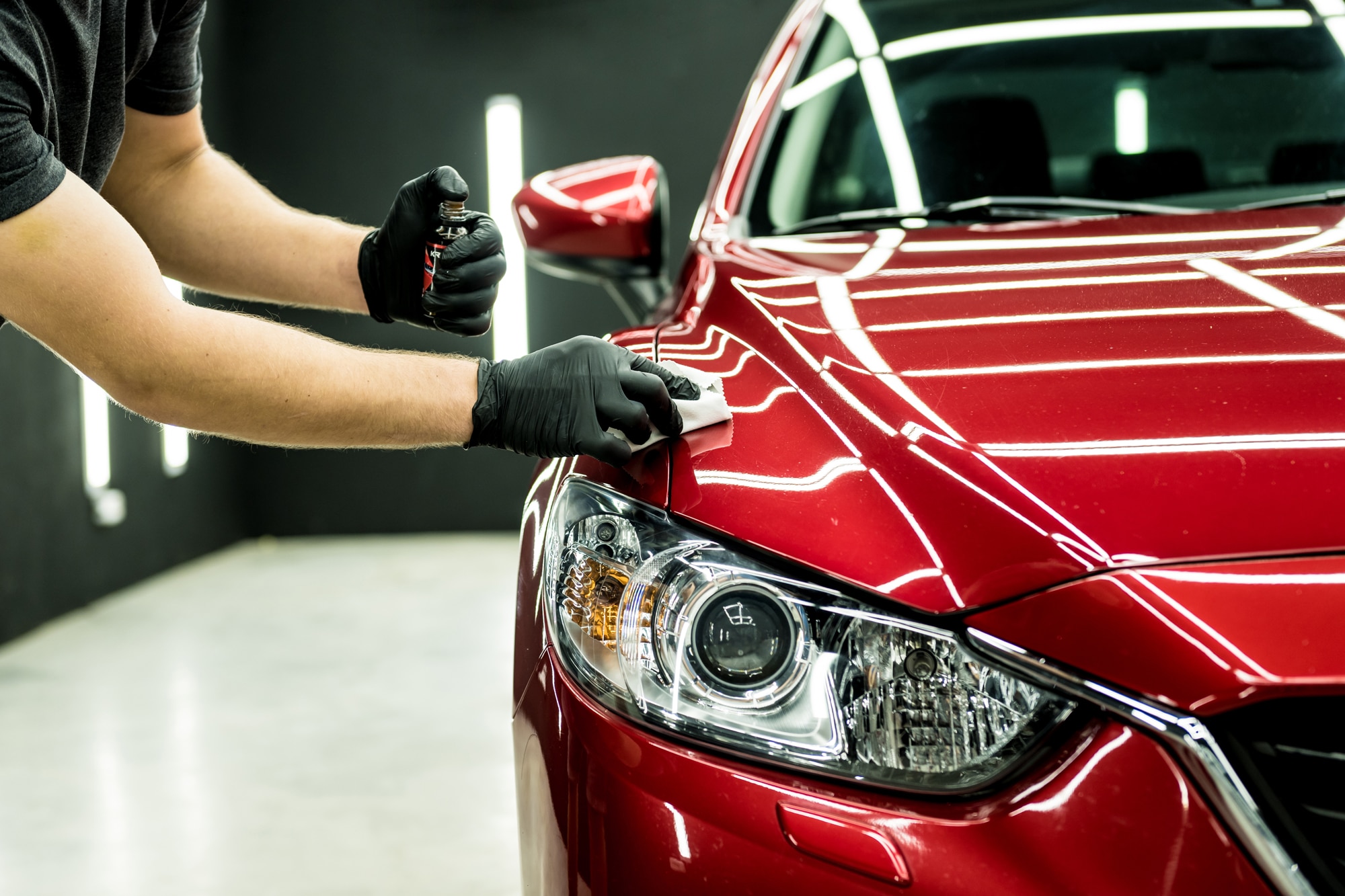The Duty of Ceramic Coating Philadelphia in Preventing Scratches and Damages
The Duty of Ceramic Coating Philadelphia in Preventing Scratches and Damages
Blog Article
Why Ceramic Layer Is the Ultimate Service for a Remarkable End Up
Ceramic covering has actually arised as a leading option for those seeking a flawless surface for their cars, many thanks to its amazing sturdiness and protective attributes. This innovative fluid polymer not just bonds effortlessly with manufacturing facility paint yet likewise offers an awesome obstacle against usual dangers such as scrapes, UV rays, and ecological contaminants. Its hydrophobic buildings streamline upkeep while enhancing aesthetic appeal. Recognizing just how this technology compares to conventional methods and discovering its application subtleties can reveal also more concerning its value. What variables truly set ceramic finishing apart?
What Is Ceramic Finishing?

When used appropriately, ceramic covering develops a hydrophobic surface that drives away water and dust, making it much easier to clean up and maintain. Unlike typical waxes or sealants, which normally supply brief defense, ceramic coverings can last for a number of years, relying on the product high quality and application technique. The process of applying ceramic finishing calls for careful preparation, including comprehensive cleansing and sometimes paint correction, to make sure optimum bonding and efficiency.
Ceramic finishings are not limited to automobile surfaces; they can also be made use of on various products, including glass, metal, and plastics, giving a versatile service for enhancing protection. Generally, ceramic layer stands for a considerable innovation in surface protection modern technology, combining both aesthetic and functional advantages for a variety of applications.
Benefits of Ceramic Coating
While several surface security alternatives exist, the advantages of ceramic coating attract attention as a result of its distinct homes and long-lasting efficiency. Among the primary benefits is its remarkable durability. Ceramic Coating Philadelphia. Unlike standard wax or sealers that call for constant reapplication, ceramic layers give a durable layer that can last for several years, significantly minimizing maintenance efforts
Another remarkable benefit is improved security versus environmental contaminants. Ceramic coverings produce a hydrophobic surface area that drives away water, dust, and different pollutants, making it easier to clean up. This attribute not just preserves the lorry's appearance but also decreases the threat of deterioration and oxidation, especially in extreme weather condition problems.
Additionally, ceramic finishings use remarkable resistance to UV rays, stopping fading and degradation of paint in time. This UV security is crucial for maintaining the visual worth of surfaces and lorries subjected to direct sunshine.
Furthermore, the shiny surface accomplished with ceramic finish boosts the overall aesthetic appeal, offering surfaces a showroom-quality luster. Overall, ceramic coatings stand for a significant advancement in surface protection modern technology, offering long-lasting advantages that satisfy both visual and practical requirements.
Exactly How It Functions
Comprehending the scientific research behind ceramic finishes exposes how they offer such amazing defense and longevity. At its core, a ceramic finish is a liquid polymer that chemically bonds with the car's manufacturing facility paint.
The application procedure entails several actions, including surface area prep work, which is critical to achieving ideal adhesion. As soon as applied, the covering goes through a healing process, throughout which it sets and develops a semi-permanent bond with the paint surface area. This bond is what distinguishes ceramic layers from traditional waxes and sealers, supplying a longer-lasting protective obstacle that can withstand for many years.
Additionally, the thickness of the coating can boost its safety qualities, ensuring that it can hold up against rough conditions. Ultimately, the scientific research of ceramic finishes their website integrates advanced products with innovative application strategies to provide an unrivaled degree of security and aesthetic enhancement for automobiles.
Contrast With Typical Techniques
The benefits of ceramic finishes end up being specifically apparent when contrasted to conventional paint defense techniques such as sealants and waxes. While waxes provide a short-lived shine, commonly lasting a couple of weeks to a pair of months, ceramic coverings offer a durable protective layer that can withstand for several years. This toughness significantly reduces the regularity of reapplication, making ceramic layers a more affordable option gradually.
Furthermore, traditional techniques commonly need extensive preparation and multiple applications to attain a satisfying level of protection. In comparison, ceramic finishes bond at a molecular level with the car's surface area, producing a durable shield versus environmental impurities like UV rays, acid rainfall, and road salts. This bond enhances the car's resistance to scrapes and swirl marks, which are widespread with typical waxes and sealers.
In addition, the hydrophobic residential properties of ceramic coverings repel water and dirt, resulting in less complicated cleansing and upkeep. On the other hand, wax and sealant-treated surface areas can attract gunk, requiring even more regular cleaning - Ceramic Coating Philadelphia. Overall, ceramic finishes not just give premium defense however also supply a more long-lasting and visually attractive finish, developing them as the favored selection for critical vehicle proprietors
Application and Upkeep Tips

Making use of a foam applicator, apply the finish in tiny sections, complying with the producer's guidelines concerning thickness and overlap. Permit enough healing time between layers, typically 24 hours, to make sure appropriate bonding. After application, it is crucial to prevent exposure to water or harsh aspects for a minimum of a week to enable the finishing to completely treat.
Furthermore, using a ceramic maintenance spray can boost the finish's hydrophobic properties and durability. Regular examinations for any kind of indications of wear will help keep the layer's stability and preserve that beautiful coating.
Conclusion
In conclusion, ceramic finishing arises as a remarkable alternative for accomplishing a remarkable automotive finish. By forming a robust bond with manufacturing facility paint, ceramic finish effectively shields against scrapes, UV rays, and environmental pollutants.

Report this page